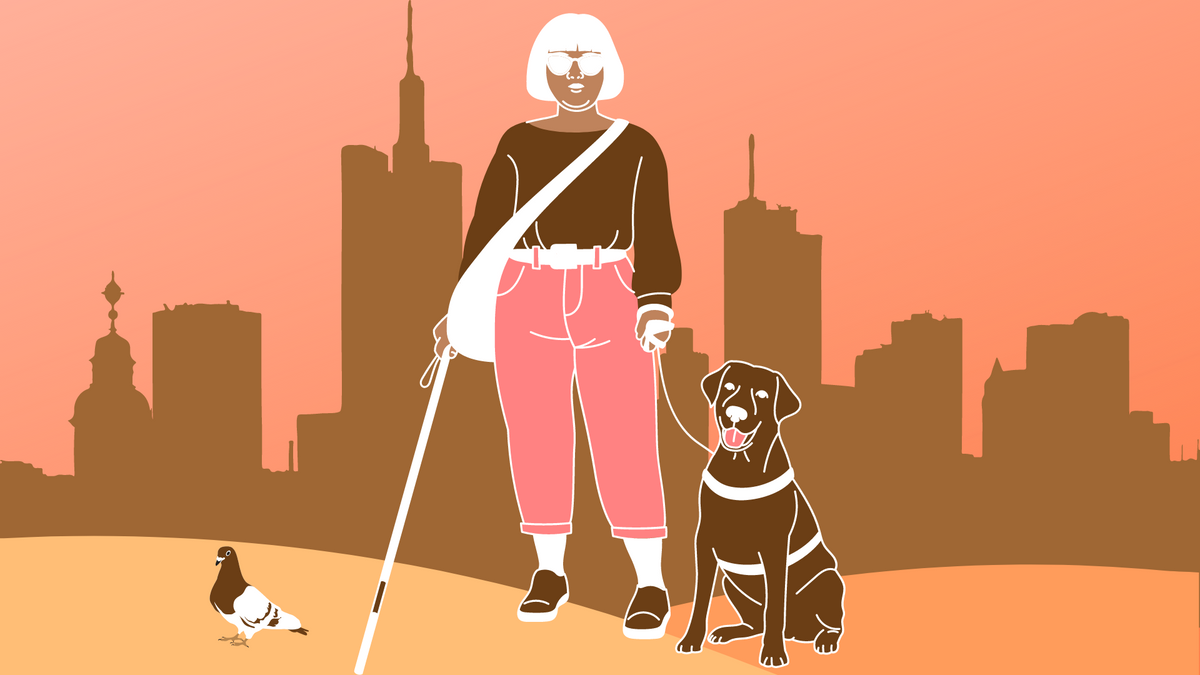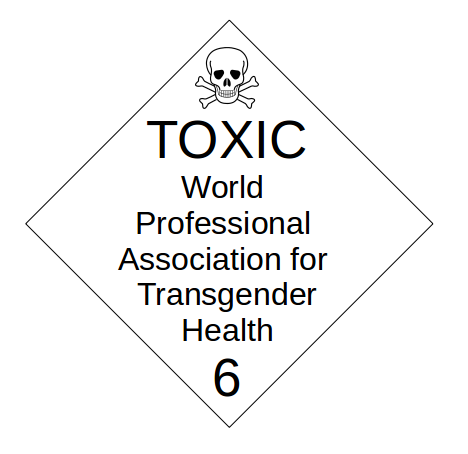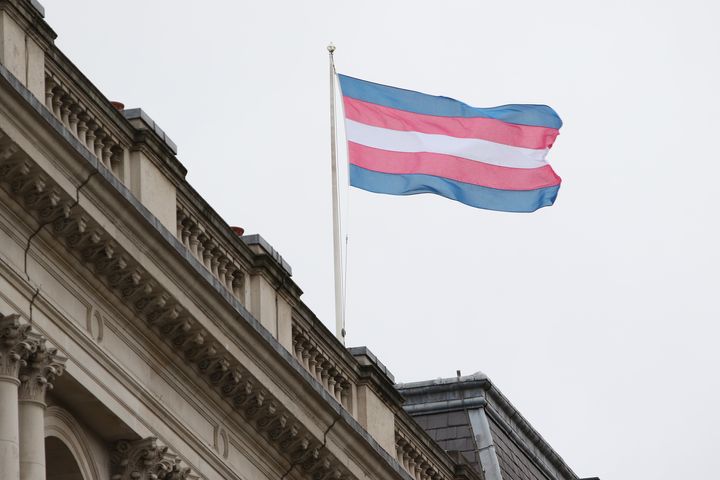The Abuse of Disabled Women Often Goes Unseen
Having a disability heightens the risk of being abused and raises barriers to leaving.

The question “why doesn’t she leave?” is often asked of women who are being beaten by their partners. And the answer is rarely simple. But to even pose the question the abuse must be seen, and for disabled women, those who may be physically unable to open and walk out the door, this is often not the case. Having a disability both heightens the risks of being abused in the first place and raises barriers to leaving.
Henrietta Freeman and Vicky Unsworth are feminists who want to change this. Founders of the Women’s Rights Network Disability Group, they explain “there are a number of issues that specifically affect disabled women and there is no one really speaking out.”
Vicky believes violence against disabled women is still “a taboo subject” and that “most disabled women have either had personal experience of violence or know of another disabled woman who has.”
“I personally think people don’t want to think that someone could take advantage of a disabled person and so they avoid thinking about it. Or, society has thankfully moved from disabled people being thought of as ‘all weak’ to thinking that we are all suddenly not vulnerable.”
“Disabled women, including Vicky and I don’t do victimhood, but we are aware of our vulnerabilities,” she adds.
And the numbers make the risks clear. According to the latest figures from the Office of National Statistics (ONS), 1 in 6 disabled women experienced domestic abuse in the last year, compared with 1 in 15 able-bodied women. And disabled women were almost twice as likely to have suffered sexual assault in the last year (5.7%) than able-bodied women (3%), five times the rate of disabled men (1.1%). In addition, whereas able-bodied women in abusive relationships tend to leave after 6.8 years, disabled women stay for an average of 9 years.
But despite how common abuse of disabled women is, it remains neither a sexy nor public relations friendly topic. More generally, disability seems to make the wider public uneasy. Unlike Pride, International Women’s Day or Black History Month, few events grace the corporate calendar for Disability History Month, which runs from 16th November to 16th December. Arguably this is because like age, the other "forgotten" characteristic, able-bodied people do not like to be reminded of how vulnerable the human body is.
Vicky, herself a wheelchair user, explains how different conditions impact women in different ways:
“A woman who is a wheelchair user is unlikely to be able to run away. A woman who is paralysed or whose limbs are affected by her condition, may not be able to easily defend herself. A woman who is blind cannot see what the perpetrator is doing. A woman who has no speech cannot call for help. A woman who has learning disabilities may not be able to comprehend what is happening to her or communicate to tell someone.”
And even in this era when youngsters on TikTok load their social media profiles with tick box identities, the real-life experiences of disabled people are filed away from the mainstream, relegated to specialist publications and programs. The specific needs of disabled women are still dismissed as niche despite the acute risk. 2018 research by the BBC found just one in ten domestic violence refuge spaces in the UK is accessible to people with physical disabilities. At a time when services are over-flowing this most basic need, to live free from violence, is all too often considered a luxury by cash-strapped local authorities.
It is well understood that the suffering of women in minority groups is made invisible. In her feminist deconstruction of multi-culturalism, lesbian scholar Sheila Jeffreys describes a "Gentleman’s agreement" that is reached between the state and male religious leaders. This in effect traps women and children in parallel legal systems, allowing statutory law enforcement to absent itself from crimes such as forced marriage.
"A woman who has no speech cannot call for help."
Arguably, something similar sometimes happens when it comes to disabled women. One woman who got in contact during the planning of this article told me that she was told she was not eligible for help with the psychological impact of domestic abuse as the perpetrator was her carer—a family member with whom she was forced to live. Where they exist, mainstream services are still ill-equipped to help disabled survivors of abuse who have specific needs.
Living with a disability often means putting trust in another person, allowing carers to have access not only to one’s house but one’s body. And it often necessitates having different boundaries, which makes those in need of care potential targets. As Vicky explains, “personal intimate care” can involve everything from inserting tampons and catheters to getting dressed.
“For women who are survivors you can imagine the worry that personal intimate care brings but these women who need it have no choice.”
It is telling, that at a time where inclusion and intersectionality are championed, the taboo around disability remains. And as the fight for sex-based rights is taking off and a new wave of feminism is resurgent, it is vital that the voices of disabled women who are able to speak out are heard. Because being able to choose the sex of the person who dresses you in the morning, and having the option to get support or safely leave an abuser shouldn’t be thought of as luxuries—they’re human rights we all deserve.
You can follow @disabilitywrn
Only when we know about the violence women and girls face are we able to make a difference. Help us expose male violence by becoming a monthly donor! The generous support of our readers helps to pay our all-female staff and writers.
Enter your email below to sign in or become a 4W member and join the conversation.
(Already did this? Try refreshing the page!)




Comments